Live Digital Mixers: Tools Of The Trade
Live consoles for small to medium-sized venues.
On this list of live digital mixers, you’ll find trusted options ranging from mobile sound rigs and small venues all the way up to theatres.
In this Article:
Live Digital Mixers: Soundcraft Ui24R
The Ui24R is a 24-channel rackmountable digital mixer with an integrated stagebox and signal processing from dbx, Lexicon, and Digitech. There are 20 analogue inputs and eight outputs, and the Ui24R can record up to 22 channels to a USB device or up to 32 channels as a USB audio interface. Meanwhile, there is also a dedicated stereo playback USB port.

All the inputs are equipped with 4-band EQ, gate, compressor, de-esser, and high-pass filter, with two channels of DigiTech guitar processing. In addition, the outputs have a 31-band graphic EQ, AFS2 Feedback Suppression, and dbx compression. The browser-based mixing interface can be accessed via WLAN or Ethernet on a wide range of devices, so you can scale your setup according to the size of the gig.
The HDMI port allows you to connect a monitor to get a larger overview of your session, and there are four Lexicon effects busses with reverb, delay, chorus, and room effects. Overall, the Ui24R is a great option for small-scale mobile setups, and there are two smaller models in the range if you don’t require so many inputs. Get it here at Thomann.*

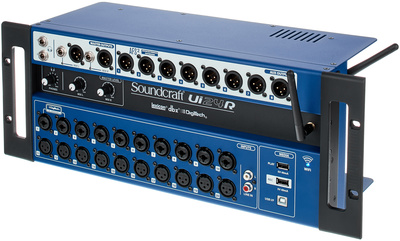

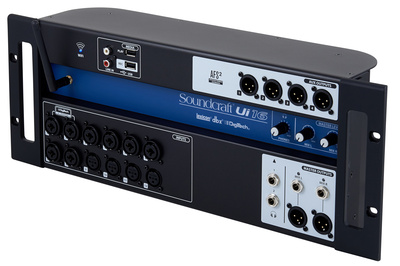

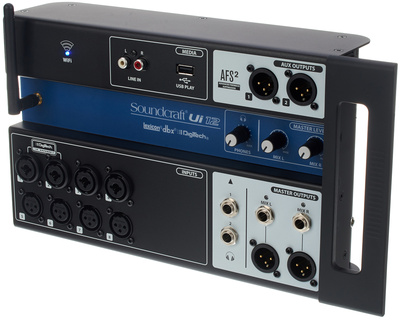
Live Digital Mixers: Behringer WING
The Behringer WING presents a versatile live mixing platform that lets you dive into almost every avenue of sound processing and placement using a touchscreen interface and an approach that refers to channels as ‘sources’, which does have a certain logic to it. On each of the 40 inputs, you can use vintage-modelled (Pultec, SSL, Neve, dbx, and more) EQs, compressors, and gates to process and carve sounds.
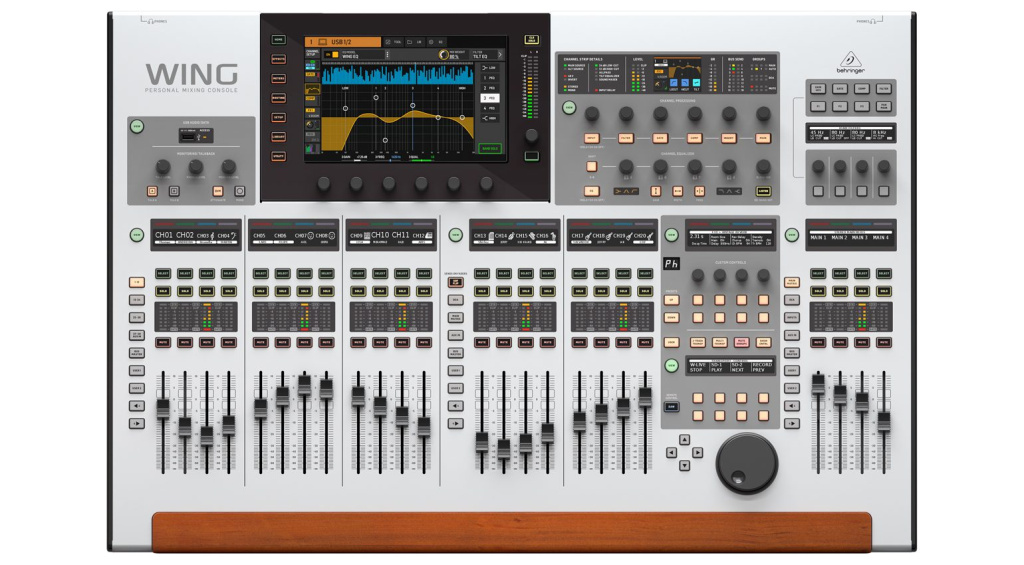
What’s more, each of these 40 inputs and the 28 buses can be used in stereo or mono with a stereo width control that goes from mono to 150%, and you can also assign these to mid-side. This makes the WING a flexible option for touring or permanent installation in any venue.
The WING also supports the Behringer X32 and Midas M32 series consoles and stageboxes that you’ll find at most venues, which is a plus. In addition, it can function as a 48×48 USB audio interface or a 64×64 SD recorder with multichannel playback. Whether you choose the WING, WING Compact, or WING Rack, each offers the same level of expandable scalability and flexibility. Get it here at Thomann.*

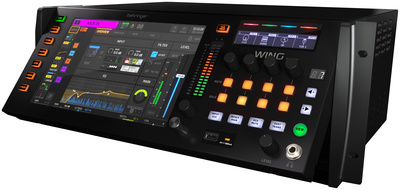

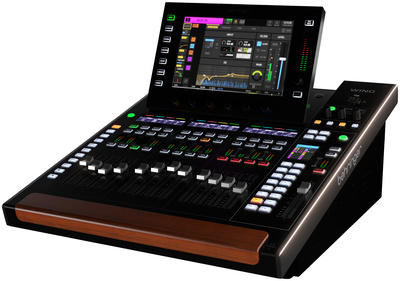

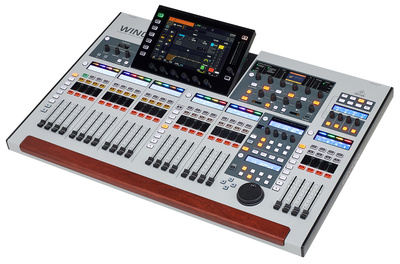

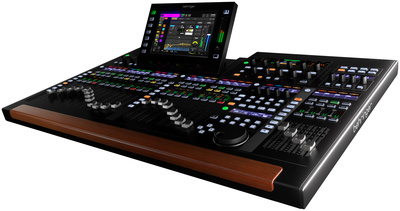
Live Digital Mixers: Yamaha DM3 Series
The Yamaha DM3 is the ultimate compact console for a wide range of applications, from live sound to streaming and recording. Weighing only 6.5 kg, your road crew will love carrying the DM3 around, and its rugged construction ensures its reliability from one gig to another. In the DM3 Series, there are two options: a standard model and a Dante-equipped (16×16) model that expands easily with the Tio 1608-D2 stagebox.

In its most basic configuration, the DM3 provides 16 mono inputs and 8 outputs, and it can operate as an 18×18 audio interface with up to 96 kHz recording. For signal processing, the DM3 has two effects engines with a selection of 18 different effects and a bank of over 200 QuickPro Presets for getting your sounds quickly.
Meanwhile, the DM3 Series also supports app control with remote control via StageMix and the ability to customize monitor mixes with MonitorMix. Overall, the DM3 Series provides a good balance of quality signal processing and versatility. However, if you need a larger mixer, be sure to investigate the DM7 Series.

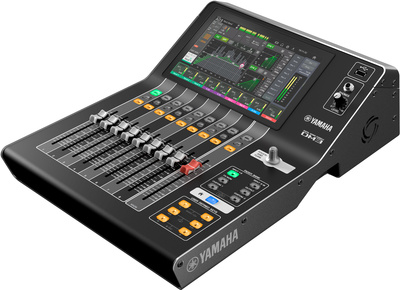

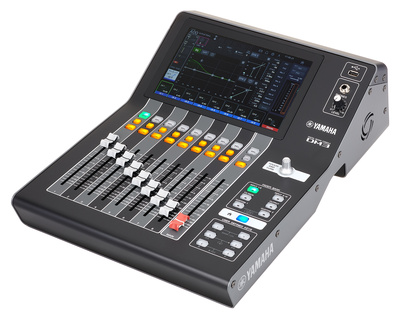

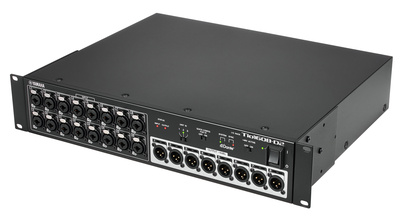
Live Digital Mixers: Allen & Heath SQ Series
The renowned SQ Series from Allen & Heath offers four different options, each equipped with an XCVI 96 kHz FPGA low-latency digital processing engine. You can choose from options with 16+1 onboard mic preamps (the SQ5 and SQ Rack) all the way up to 32+1 onboard mic preamps on the SQ7.
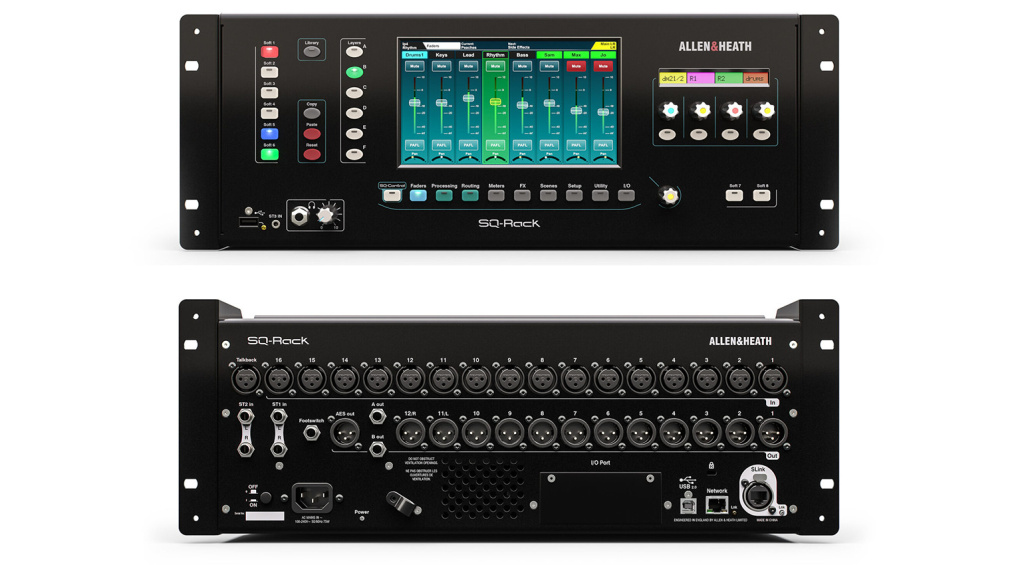
The SQ Series mixers have 12 stereo mixes plus the main LR bus, three stereo matrices, and eight stereo effects engines with dedicated effects returns. In addition, there is 64×64 I/O network audio connectivity, and the SQ Series each functions as a 32×32 USB Audio Interface.
Meanwhile, the SQ Series offers DEEP and RackFX processing add-ons that you can purchase separately, including a range of famous compressors, EQs, and preamps. While the SQ series is quite an investment, the wealth of features and range of control apps make it a dream for any live engineer to use. Get it here at Thomann.*

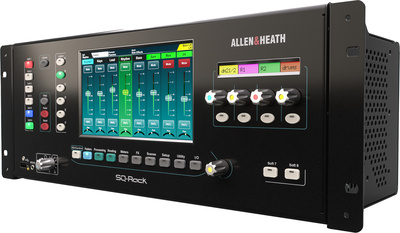

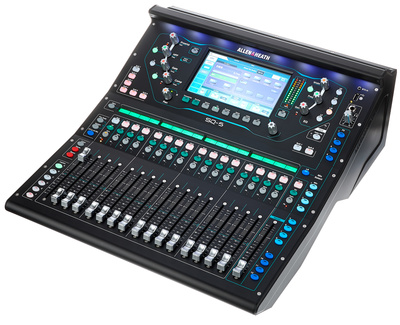

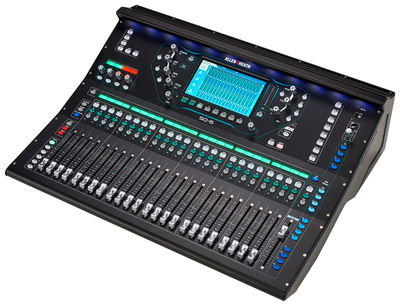


Live Digital Mixers: Behringer X32/Midas M32
The Behringer X32/Midas M32 ranges are without a doubt the most popular digital mixers for small venues. The reason they are so popular is simply that few desks offer the same ease of use and range of features in this price range.
In a very short space of time, the X32 (and its sister model, the M32) established itself as the default small club mixing console, all over the world. Offering a range of different models to suit different applications and budgets, the X32 mixer series has all the basic features needed in a live console.
This includes extensive analogue I/O, as well as digital connectivity formats such as AES-EBU, USB audio interface functionality, and compatibility with the P-16 personal monitoring systems. Overall, the X32 and M32 are still hard to beat for the price. Get it at Thomann.*

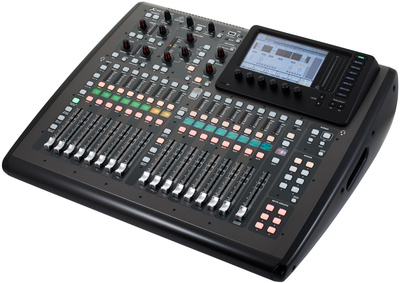

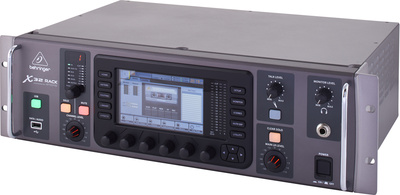

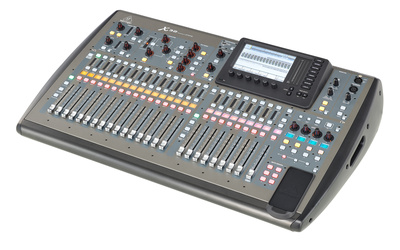

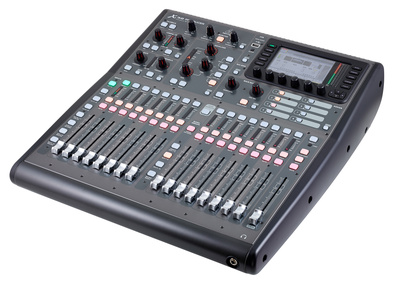

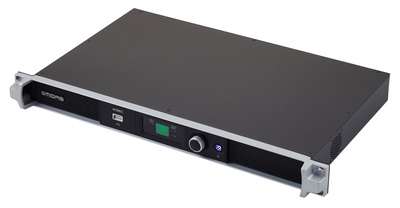



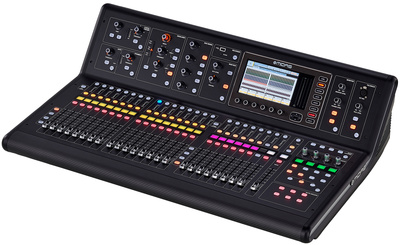
More about Live Digital Mixers:
*Note: This article contains affiliate links that help us pay for this site. Don’t worry: the price for you will always be the same! If you buy something through these links, we will receive a small commission. Thank you for your support!
5 responses to “Live Digital Mixers: Tools Of The Trade”

You are currently viewing a placeholder content from Facebook. To access the actual content, click the button below. Please note that doing so will share data with third-party providers.
More InformationYou are currently viewing a placeholder content from Instagram. To access the actual content, click the button below. Please note that doing so will share data with third-party providers.
More InformationYou are currently viewing a placeholder content from X. To access the actual content, click the button below. Please note that doing so will share data with third-party providers.
More Information

 4,1 / 5,0 |
4,1 / 5,0 | 


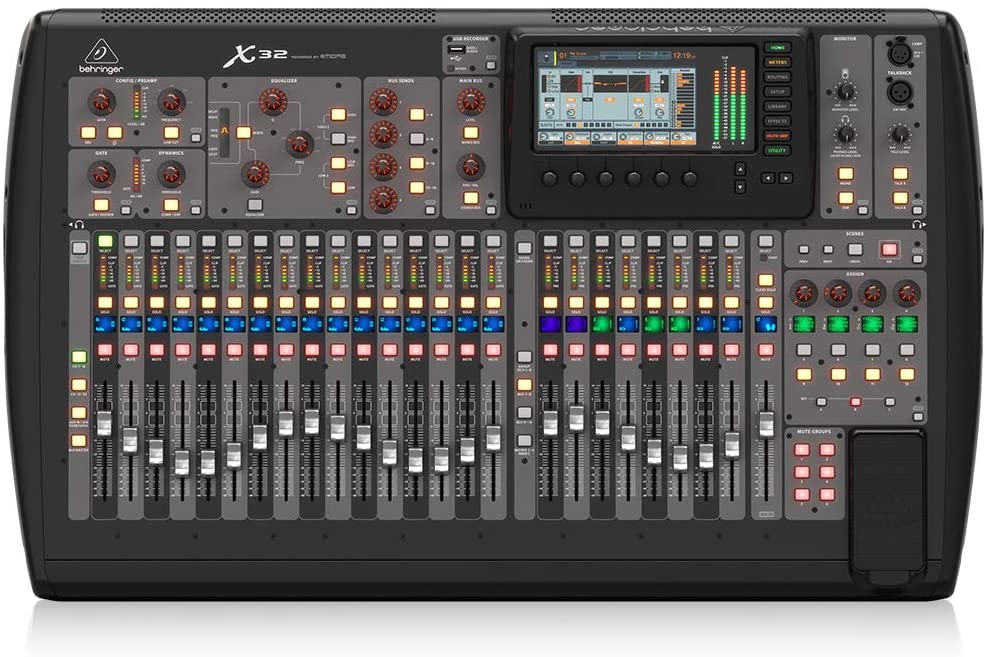
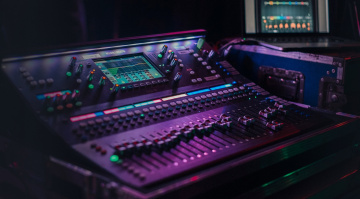

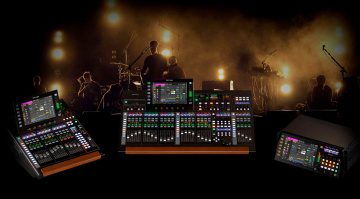
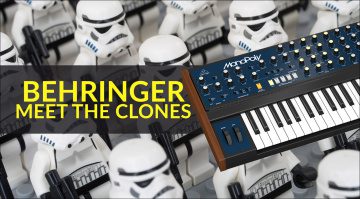

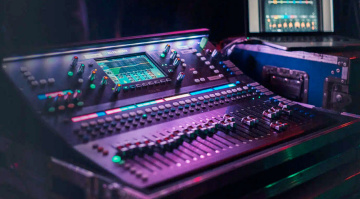
As someone who started his mixing career on AudioMasters, please allow me to make a small correction to your excellent feature. As your photograph actually confirms, the original did not have ‘foldback’ facilities. I believe this was originally a bespoke modification added by UK rental company IES, later adapted as a standard feature by WEM on later versions of the mixer.
It featured a small knob (pot) on each channel above the large ‘volume’ control.
I was hired for my first gig as a “sound engineer” rather than roadie, to mix a show at the Royal Albert Hall, using 3 linked AudioMasters.
I never knew where that would take me at the time.
My favorite live console was always Crest X8. I loved very much that console.
Thanks for that. I certainly remember many nights on the Soundcraft.
I think the Yamaha PM4000 deserves a mention. Stalwart of the biggest shows for a long time.
The title of this should read, “7 live mixing consoles that changed the industry forever” THAT COULD BE PURCHASED COMMERCIALLY. The early 70s Showco Superboard was years ahead of its time but could only be rented as part of their professional touring sound systems. Only eight were built but they were super high quality and built with the abuse typical of touring in mind. The museum in Kilgore, TX has one if you’re ever down that way… a very special piece of audio history!
The StudioLive series from Presonus should be here as well!